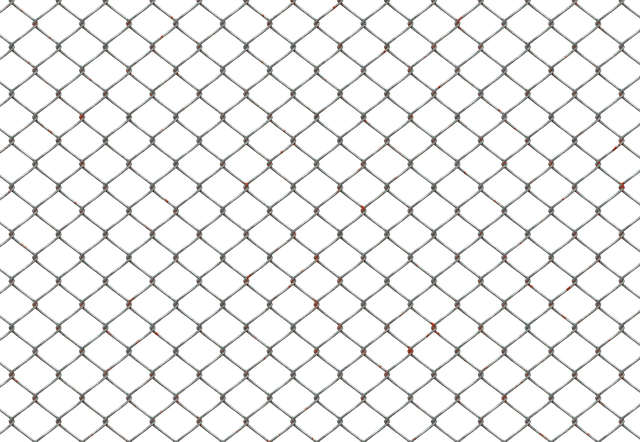In coastal regions, where harsh weather conditions prevail, selecting the right fencing material is paramount to ensure longevity and structural integrity. This article delves into the world of durable wooden fencing, offering a sustainable and aesthetically pleasing alternative for securing coastal properties. We’ll explore how understanding the unique challenges posed by salt air, moisture, and extreme temperatures can guide you in choosing the ideal wood species and treatment methods.
- Understanding Coastal Environment's Impact on Fencing
- Advantages of Durable Wooden Fencing for Coastlines
- Choosing the Right Wood Species and Treatment
- Installation, Maintenance, and Longevity Tips
Understanding Coastal Environment's Impact on Fencing
The coastal environment presents unique challenges for fencing due to its harsh conditions. Salty air, frequent mistral winds, and varying moisture levels can accelerate wood decay and compromise the structural integrity of conventional fences over time. Understanding these factors is essential when selecting durable materials for coastal areas.
Wooden fencing in particular requires specialized treatments to withstand these environmental stressors. Treated or pressure-processed woods are ideal choices as they incorporate natural preservatives or chemical agents that inhibit rot, mold, and insect infestations. These treatments significantly extend the lifespan of the fence while maintaining its strength and aesthetics.
Advantages of Durable Wooden Fencing for Coastlines
Durable wooden fencing offers an attractive and functional solution for coastal areas, providing several key advantages. Firstly, wood is a naturally sustainable material that can be sourced responsibly, making it an eco-friendly choice. This is particularly important in coastal regions where environmental conservation is paramount.
Additionally, treated wooden fences are highly durable and resistant to the harsh conditions typically found along coastlines, including salt air and frequent exposure to moisture. Their longevity reduces the need for frequent replacements, saving both time and money in the long run. These fences can also be designed with a variety of styles, allowing homeowners and businesses to enhance their coastal properties while maintaining a cohesive aesthetic.
Choosing the Right Wood Species and Treatment
When selecting wood for coastal fencing, choosing the right species is paramount to ensure durability. Softwoods like cedar or redwood are popular choices due to their natural resistance to rot and insects. However, for areas prone to high wind and salty air, harder woods such as oak or mesquite might be better suited, despite being more expensive. The type of treatment applied to the wood also plays a crucial role. Pressurized water treatment (PWT) and chemical treatments like copper azide can significantly extend the lifespan of the fence by preventing decay and insect infestation.
Additionally, considering the finish is essential. A good quality sealant or stain not only enhances the aesthetic appeal but also protects the wood from UV rays and moisture. Regular maintenance, including cleaning and reapplying these finishes, will ensure your coastal fencing remains robust and long-lasting.
Installation, Maintenance, and Longevity Tips
When installing durable wooden fencing in coastal areas, it’s crucial to ensure proper grounding and protection from saltwater exposure. Begin by preparing a solid foundation, using concrete anchors or posts designed for coastal conditions. Regular maintenance is key to longevity; this includes annual cleaning to remove salt buildup and treatments like sealing or staining to protect the wood.
Over time, wooden fences in coastal environments may require more frequent repairs due to increased exposure to moisture and elements. Inspect your fence regularly, addressing issues promptly—like replacing rotten boards or re-sealing damaged areas. With proper care, a high-quality wooden fence can withstand the test of time, offering both aesthetic appeal and privacy for years to come.
